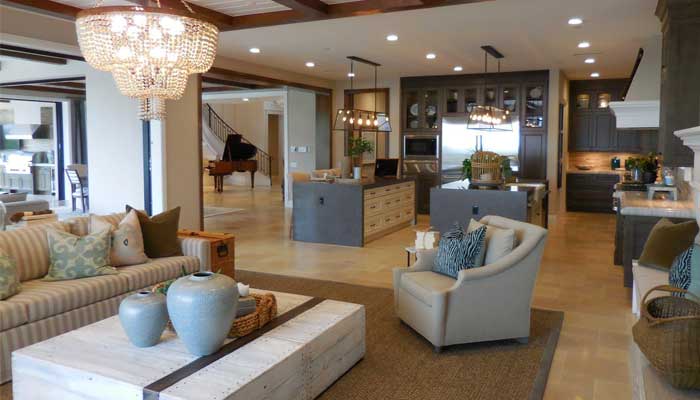WoodenuKnow.com is a participant in the Amazon Services LLC Associates Program, an affiliate advertising program designed to provide a means for sites to earn advertising fees by advertising and linking to Amazon.com and may earn from qualifying purchases.
Rules of Thumbs is just a guideline based on experience. In other words, it is the best practice to apply rather than theory in our day-to-day life. These rules are basically followed by the practitioners or interior designers.
But most people prefer to design their house in their own hands and try to minimize the budget as much as possible. Some people hire interior designers or professionals to decor their homes.
Initially, they become so much confused to start with and even don’t have any idea about interior home design.
Most interior designers or architect professionals follow some basic rules which make the home elegant and classy.
These certain tricks can make your house look a hundred times more refined and cozy.
This article describes 14 rules of thumb that you can follow when you want to decore your home.
14 Rules of Thumb for The Perfect Home Decor
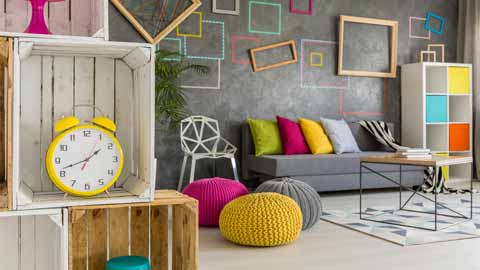
1. Create a Sketch
You can create small sketches to display your personality through art. Arrange your belongings in a nice and organized manner. Use a shelf or any place to display those. Organizing those the right way will also prevent taking up too much space. Also, don’t forget to change the sketch periodically.
2. Focus on the Focal Point
Fix a focal point in your room. This is the part that will grab your attention when anybody first enters the room. Then decorate that part thoroughly. The focal point can be a big vase, piece of antique, artwork, painting, etc. This point is applicable for every theme and every color.
3. Pick Something Antique, Something New
Creating a contrast by displaying both antiques and new products can be a style of its own. The antique product gives a sense of value- something deeply personal to you whereas the new product gives the touch of modernity. This creates an overall beauty in the room.
4. Avoid Awkward Curtain Length
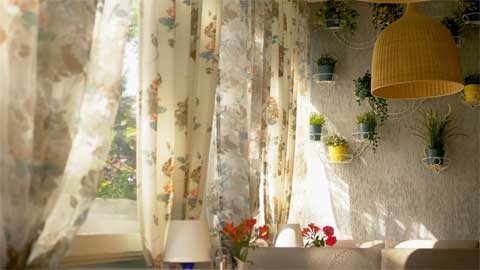
Curtains are an important accessory of any room. They play a great role to maintain and preserve the overall mood and theme of the room. In fact, curtains are something where everyone looks after entering a theme. A common mistake that makes the room look ugly is not using the proper curtain length. Too short curtains look eerie, whereas too long makes it look disheveled. It’s important the length fits in a way where the curtains are not over-accentuated with respect to walls.
5. Choose Scaled Rugs for Floor
The size of the rugs says a whole lot about the overall theme. It’s better to use large rugs for living rooms, common space, etc. Large rugs play an important role to add flair to the theme. Also, small rugs in those places look ugly and disproportional. If it is too expensive for you, then you can use small rugs for the chairs and tables. In short, the size of the rugs should be proportional to the room’s size.
6. Choose Cohesive Color Palette
The color palette is the part of your house that will create the most impact. This is true no matter what the theme is? In fact, you create the theme with the color you choose. A cohesive palette radiates a peaceful and calming vibe. Choosing a dominant color and matching the other colors along with that color can be a smart way to create this cohesive feeling. A cohesive color palette also gives more flexibility when it comes to choosing unconventional themes.
7. Place the Artwork at Eye Level
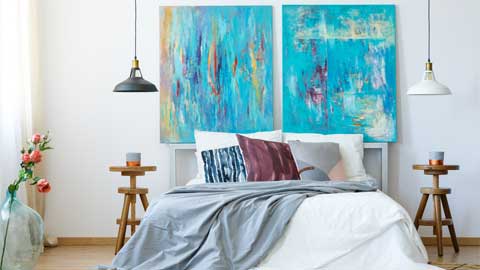
This little trick can make a humongous difference. A very common mistake is to keep the artwork too high or too low. This takes the attention away from the artwork. Also, the awkward placement of the artwork disrupts the overall eye-pleasing symmetry of the room. So, the smart decision is to keep the artwork at eye level. That way, the artwork will look good no matter what the visual angle and position are.
8. Adjust the lighting source
Lighting takes away or demands the attention of the place. You can provide a very enigmatic theme, decorate the room with accessories, but you can never create the ambiance you want if you don’t have the proper lighting. So, what should you do? Experiment with lights. Mix up the colors and adjust the lights to the proper angles. Using large lamps, table lamps, chandeliers, etc. can also fulfill the needs of accessories of the room. A safe idea is to use at least 3 lights for every medium-sized room.
9. Create a Conversational Corner
A conversational corner makes the house look a bit more aristocratic while serving its purpose during any form of gathering. You can add furniture in that area. Using accessories like lamps, artworks, etc. along with proper lighting can give an open-minded vibe for conversations.
10. Don’t Exaggerate The Theme
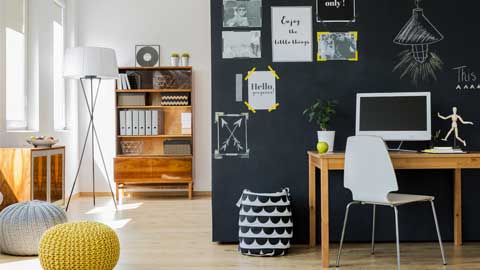
Having a particular theme for the room is necessary. This will give you an idea of how to decorate your theme. However, sometimes we overdo the theme. That ruins the whole purpose of it. It’s important we keep the whole thing subtle. Using too many antiques when you use a classical theme can become ugly very fast. The same is applicable if you want a minimalist theme but end up making it too bland. Try to keep the whole thing balanced.
11. Keep It Consistent
Being experimental is good. But sometimes you may miss the whole theme if you try to add all kinds of objects. Consistency is the key in this case. This may also happen if you try to bring in too much contrast. The key is to maintain a common theme and decorate the whole house centering that. Add a bit of contrast to it with one or two pieces. But going for a fifty-fifty approach will do the exact opposite of what you’re aiming for. The same can be said for experimenting with color palettes. Having a balanced blend is okay. But the whole mood will be ruined if you use bold colors and bland colors inconsistently.
12. Keep It Simple & Comfortable
At the end of the day, you’re designing a home, not a museum. While having a bold statement using exotic stuff can be very interesting, the ultimate purpose is to create e theme that will radiate a peaceful aura. Try to maximize comfort. Because your home is your haven. Choosing comfortable furniture, eye-soothing colors, minimalist accessories is the way to go. An easy way to determine this is to ask yourself a very simple question: If I were a visitor, would this place make me comfortable?
13. Take Your Time
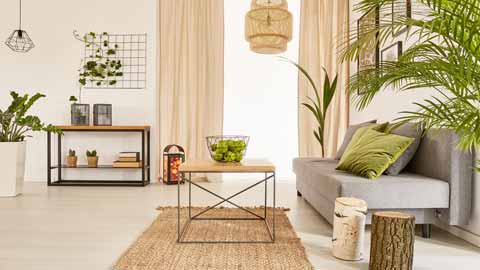
Yes, decorating a house is a big deal. And as our houses are a significant part of our lives, we tend to decorate those as fast as we can. But rushing in creative things may be counter-productive. Take some time off. Think before you act: What does my house look like? How’s the architecture? And according to that, what should the theme of the house be? These answers require careful consideration of many factors. Jot down the ideas in a paper, determine which accessory would look good at which part of the room. Take a look at the market to have an idea of the required budget. Finally, carefully buy the products and use those.
14. Don’t Fight The Architecture
Bad usage of architecture can damage the whole theme of the house. Whether it’s forcing an object in a place where it doesn’t fit or it’s using cheap architecture to have a cut on the budget, this point is prevalent everywhere. A part of interior home design is to use the best possible basic furnishings everywhere. You may use expensive paint, hang crafty accessories and artworks, but using a cheap door frame can ruin the whole work. Try to avail the best possible products according to your budget.
Conclusion
Home decoration is the perfect opportunity to display your personality through art. And like in the case of art, you have infinite options to choose from a billion ways to design your house. But there are some tricks which will help you achieve the most by spending the least. These 14 rules of thumb will help you do just that. Best of luck with your home decoration!

